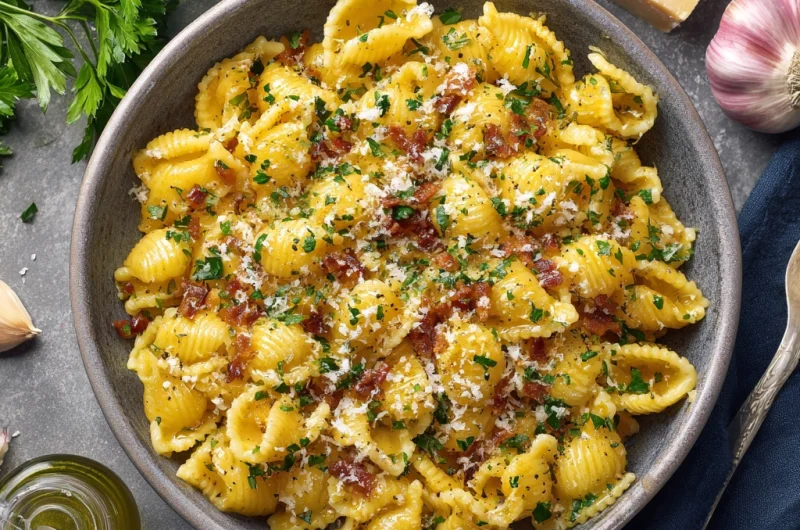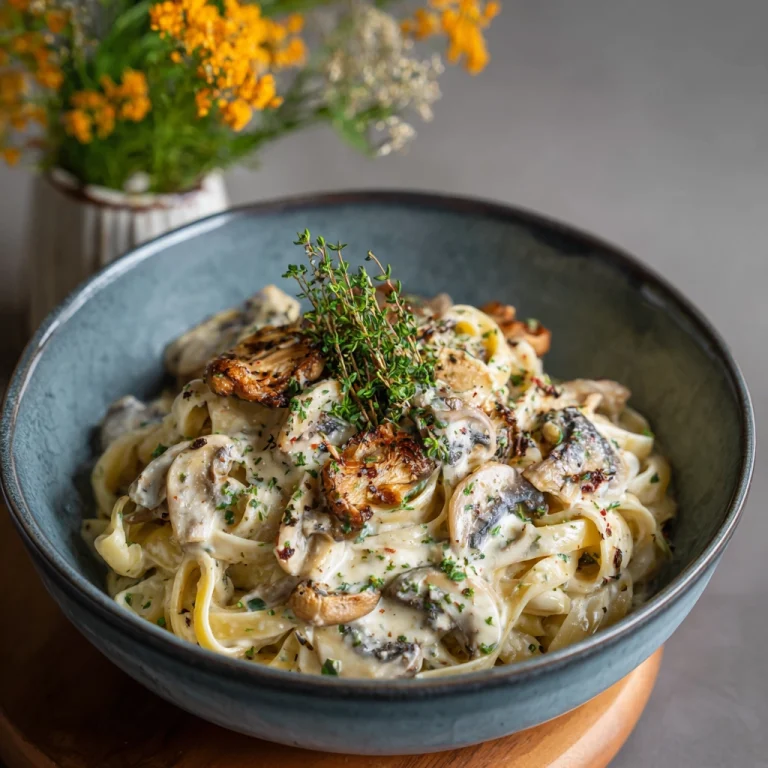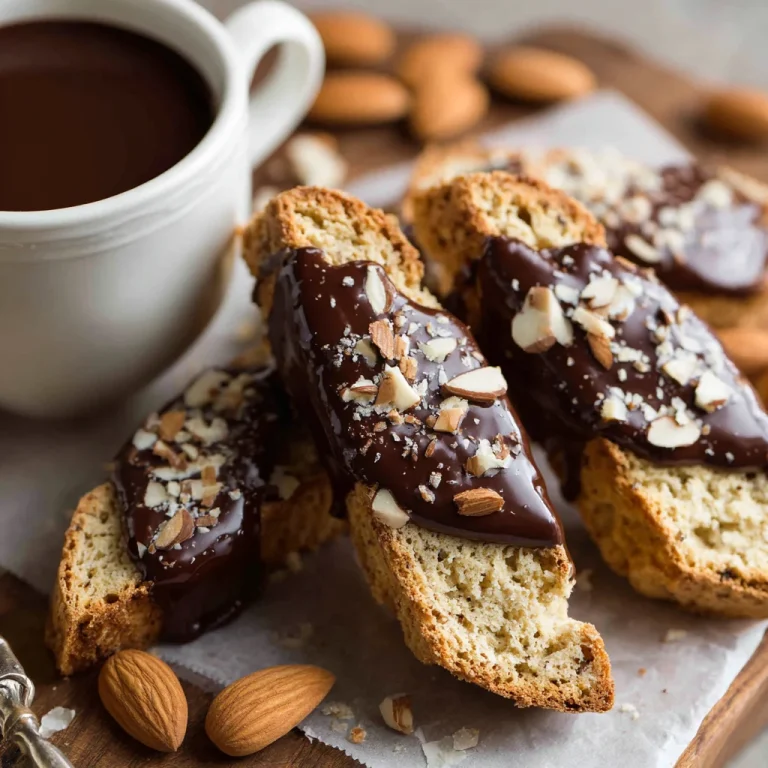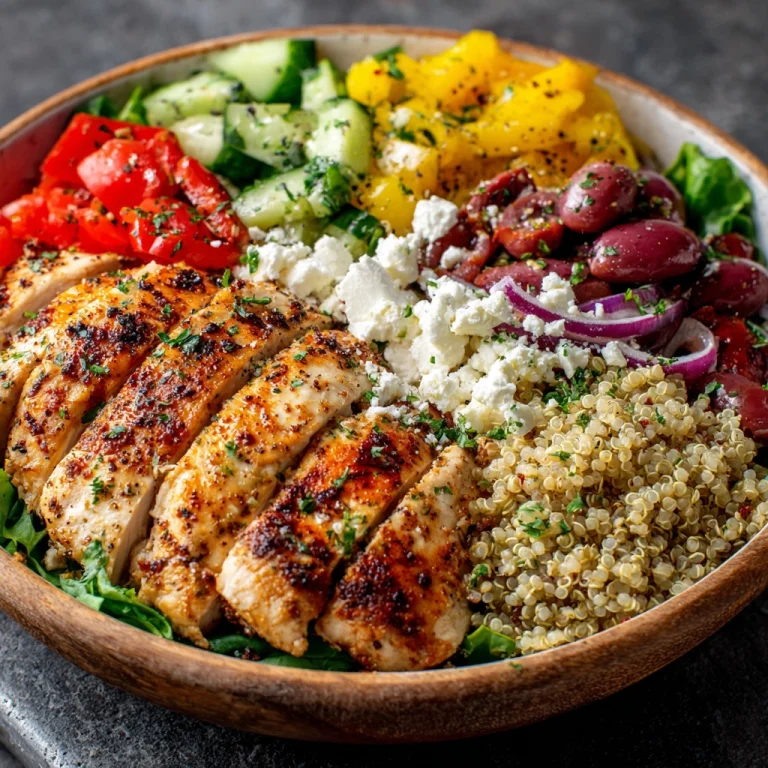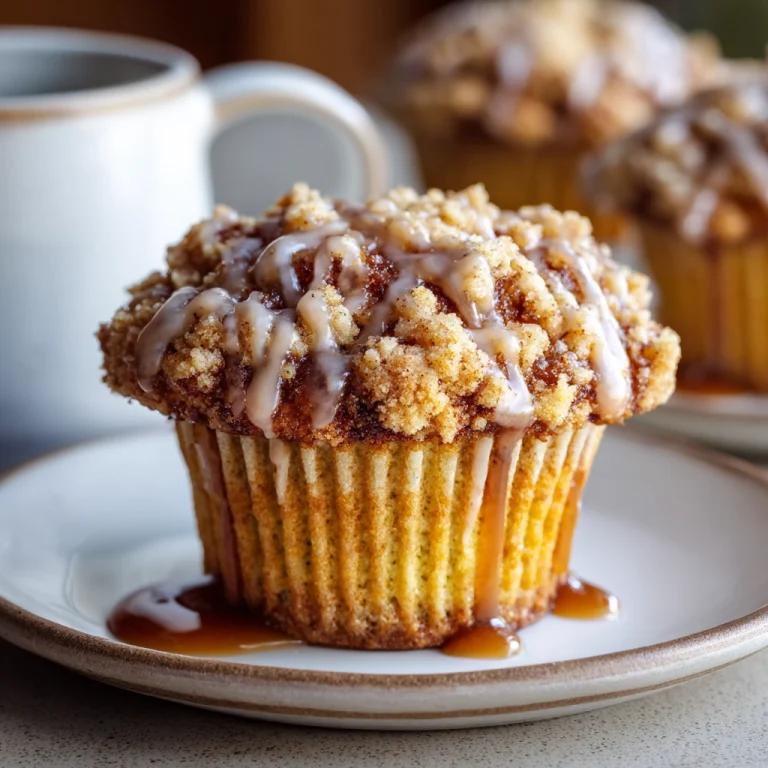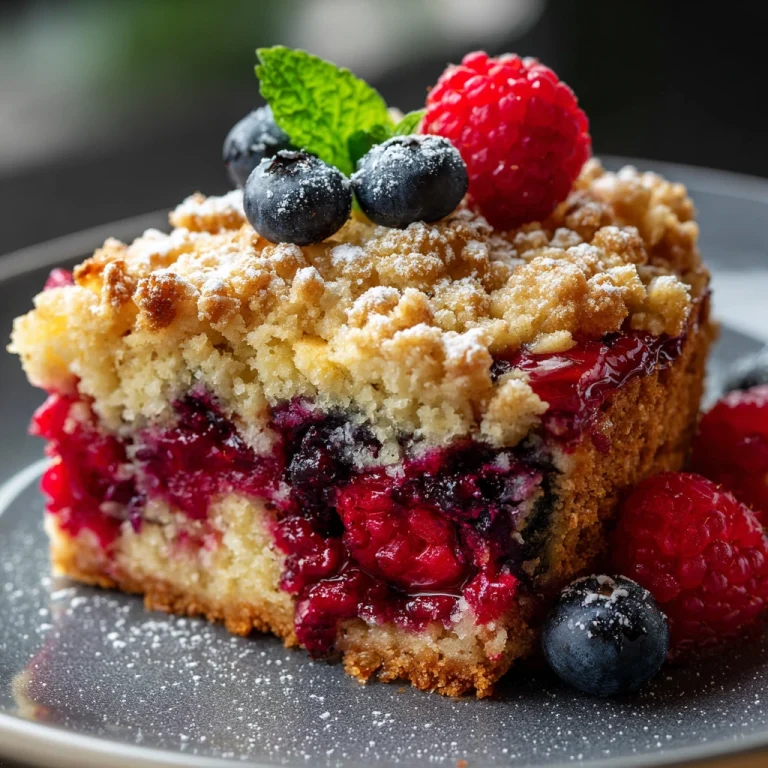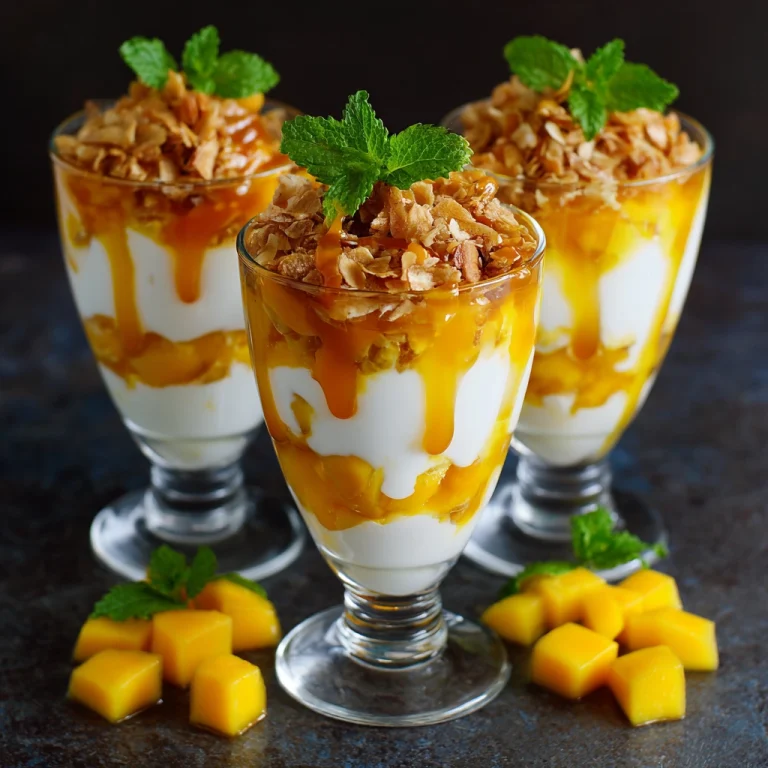Pasta Recipe Ingredients, Cooking Tips & Nutrition
Pasta has earned its place as one of the world’s most beloved comfort foods. With roots in Italian cuisine and a global fanbase, it offers endless possibilities—from quick weeknight dinners to gourmet meals that impress guests. A bowl of perfectly cooked pasta not only satisfies hunger but also creates a sense of warmth and nostalgia. Whether tossed in a classic tomato sauce, coated with creamy Alfredo, or paired with fresh vegetables and herbs, pasta brings versatility to the table like no other dish.
Cooking pasta at home is a joyful experience that doesn’t require expert-level skills. With just a few simple ingredients, you can prepare a wholesome, flavorful meal in under 30 minutes. If you’re looking to master pasta from scratch or simply want to improve your technique, this guide will walk you through everything—from ingredients and cooking steps to tips for customizing flavors and enhancing nutrition.
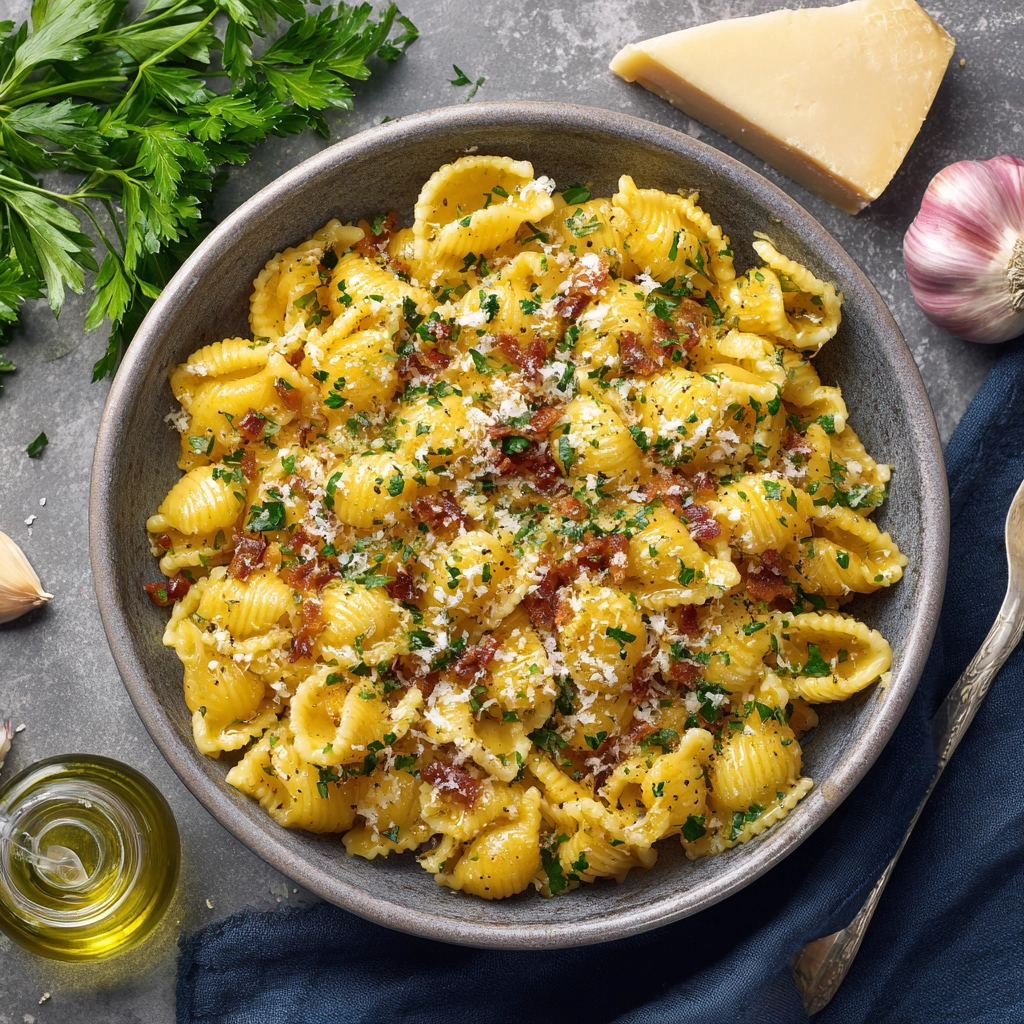
Ingredients Needed
Here are the basic ingredients you’ll need for a classic pasta dish. Feel free to add more based on your preferred sauce or toppings.
| Ingredient | Quantity | Calories (approx.) |
|---|---|---|
| Dry pasta (spaghetti, penne, etc.) | 2 cups (200g) | 710 kcal |
| Olive oil | 2 tbsp | 240 kcal |
| Garlic (minced) | 2 cloves | 9 kcal |
| Onion (chopped) | 1 medium | 44 kcal |
| Tomato sauce | 1 cup | 80 kcal |
| Parmesan cheese | 2 tbsp | 44 kcal |
| Fresh basil | A handful | 5 kcal |
| Salt | To taste | 0 kcal |
| Black pepper | To taste | 0 kcal |
Step-by-Step Cooking Instructions
- Boil the pasta – Fill a large pot with water, add a generous pinch of salt, and bring it to a rolling boil. Add the pasta and cook according to package instructions until al dente. Drain but reserve about half a cup of the starchy pasta water.
- Prepare the base – In a skillet, heat olive oil over medium heat. Add minced garlic and chopped onions, sautéing until they turn golden and fragrant.
- Add the sauce – Pour in the tomato sauce, stir well, and let it simmer for about 5 minutes. If the sauce feels too thick, add a splash of reserved pasta water to achieve the desired consistency.
- Combine pasta and sauce – Add the cooked pasta to the skillet and toss until each strand or piece is well coated with sauce. Season with salt and black pepper.
- Finish with garnish – Sprinkle Parmesan cheese and fresh basil on top before serving.
Tips for Customizing the Recipe
- Protein Boost – Add grilled chicken, shrimp, or tofu for extra protein.
- Creamy Twist – Stir in a splash of heavy cream or ricotta for a rich, velvety texture.
- Spice Lovers – Sprinkle in red chili flakes for a kick of heat.
- Vegetable Upgrade – Incorporate zucchini, spinach, or mushrooms to boost nutrition and flavor.
- Whole Grain Option – Swap traditional pasta with whole wheat or lentil-based pasta for added fiber.
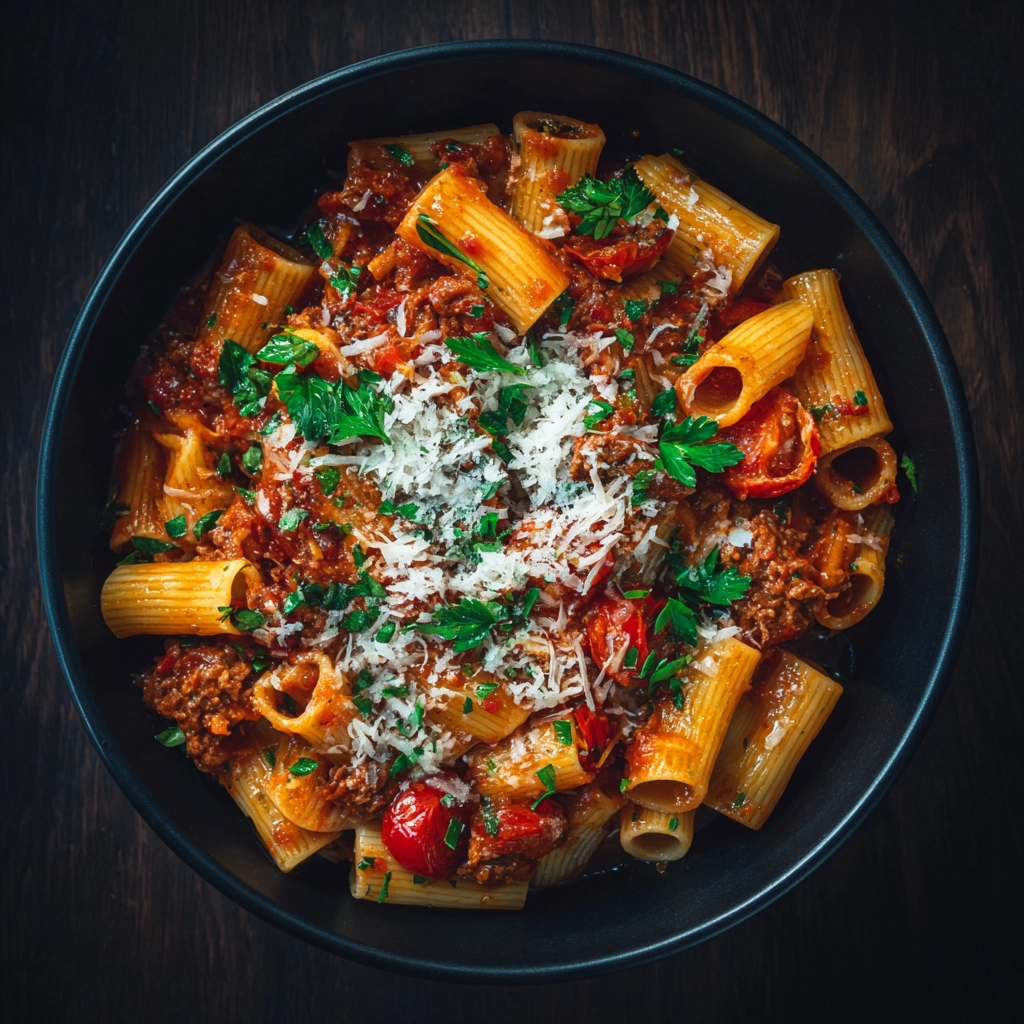
Nutritional Information (Per Serving, Approx.)
| Nutrient | Amount |
|---|---|
| Calories | 550 kcal |
| Protein | 16 g |
| Carbohydrates | 72 g |
| Fat | 20 g |
| Fiber | 6 g |
| Sodium | 580 mg |
Serving Suggestions
Pasta shines when paired with complementary sides and beverages. A crisp green salad with a light vinaigrette balances the richness of the dish. Garlic bread or focaccia makes a perfect companion for soaking up the sauce. For drinks, a glass of red wine like Chianti or a refreshing sparkling water elevates the overall dining experience.
The Ultimate Guide to Cooking Delicious Pasta at Home
2-3
servings10
minutes20
minutes550
kcalIngredients
2 cups (200g) dry pasta – 710 kcal
2 tbsp olive oil – 240 kcal
2 cloves garlic, minced – 9 kcal
1 medium onion, chopped – 44 kcal
1 cup tomato sauce – 80 kcal
2 tbsp Parmesan cheese – 44 kcal
A handful of fresh basil – 5 kcal
Salt – to taste
Black pepper – to taste
Directions
- Bring a pot of salted water to boil and cook pasta until al dente. Reserve ½ cup of pasta water, then drain.
- Heat olive oil in a skillet over medium heat. Sauté garlic and onions until golden.
- Stir in tomato sauce and simmer for 5 minutes. Adjust consistency with pasta water if needed.
- Add cooked pasta, tossing well to coat with sauce.
- Season with salt and black pepper.
- Garnish with Parmesan cheese and fresh basil. Serve warm.
Recipe Video
Notes
- For the best flavor, always salt your pasta water generously before boiling—it should taste almost like seawater.
If you want a creamier sauce, stir in a splash of heavy cream or ricotta at the end.
FAQs
1. How long should I cook pasta for the best texture?
Most pasta types reach the perfect al dente texture in 8–12 minutes. Always check the package instructions and taste a piece before draining to avoid overcooking.
2. Should I rinse pasta after boiling?
No, rinsing washes away the starch that helps sauce cling to the pasta. The only time rinsing is recommended is when making a cold pasta salad.
3. How much pasta should I cook per person?
A good serving size is about 2 ounces (56g) of dry pasta per person. This usually expands to around 1 cup of cooked pasta.
4. Can I make pasta healthier?
Yes! You can switch to whole wheat, chickpea, or lentil-based pasta for added fiber and protein. Adding vegetables or lean protein also boosts nutrition.
5. What’s the best way to store leftover pasta?
Keep leftovers in an airtight container in the refrigerator for up to 3 days. To reheat, add a splash of water or broth to prevent it from drying out.
Conclusion
Pasta is more than just a quick dinner option—it’s a culinary canvas waiting for your creativity. With the right ingredients, a few easy steps, and some thoughtful customization, you can turn a simple plate of pasta into a hearty, satisfying meal that delights everyone at the table. Whether you prefer classic marinara, creamy sauces, or bold spicy flavors, pasta adapts to your taste, mood, and occasion. So next time you’re craving comfort food, roll up your sleeves and bring this timeless dish to life in your own kitchen.

